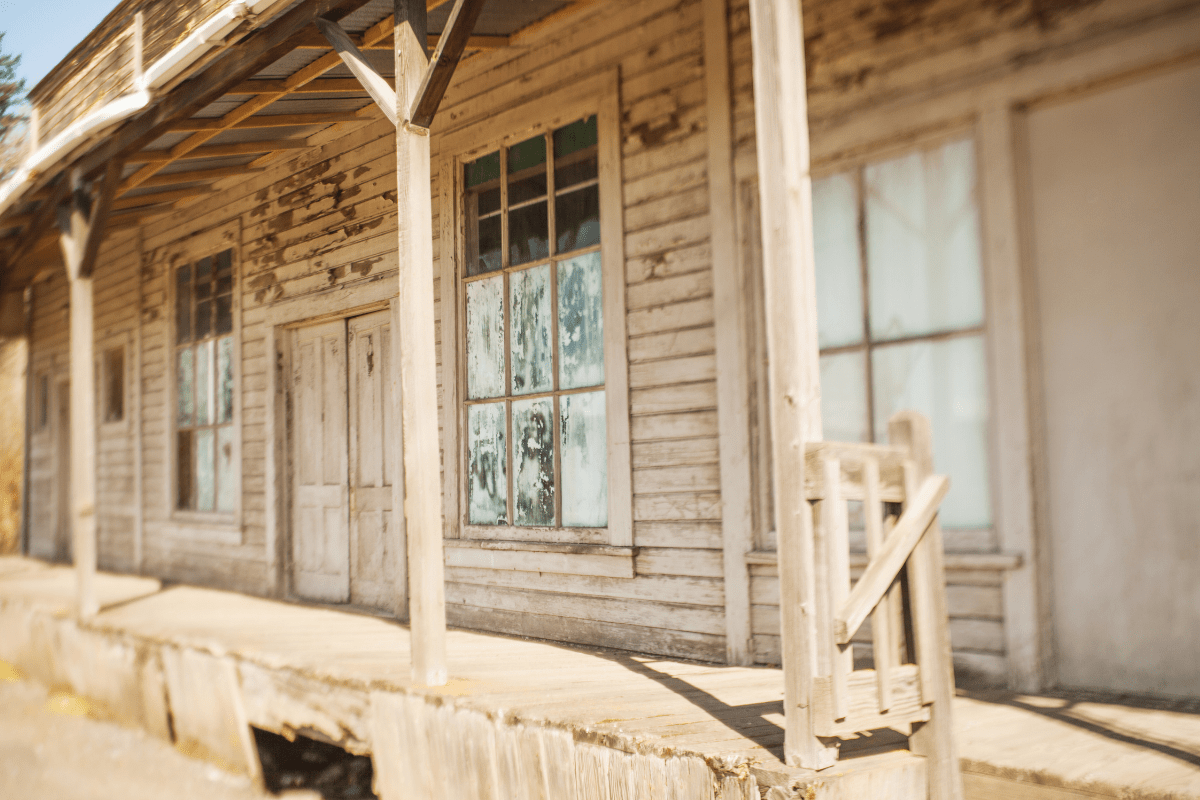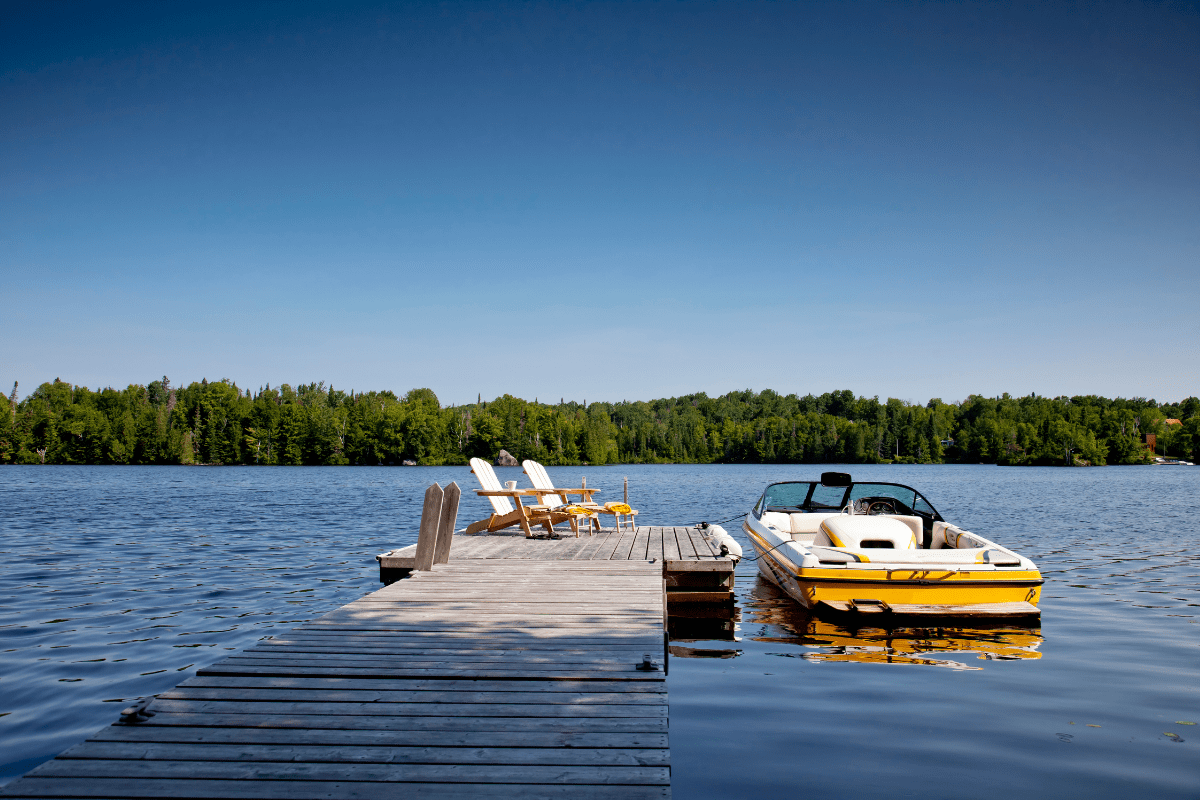South Dakota might be landlocked, but don't let that fool you. This prairie state hides some of America's most productive fishing waters, from glacial lakes stuffed with walleye to mountain streams where trout sip mayflies like wine connoisseurs.
Getting legal before you get lucky
Let's tackle the boring stuff first, because nothing ruins a fishing trip faster than a conservation officer writing you a ticket.
South Dakota keeps things pretty simple with fishing licenses. Residents pay $31 for the year, seniors over 65 get the geezer discount at $17, and kids under 18 fish free (probably because they outfish us anyway). If you're visiting from out of state, you'll fork over $80 for the annual pass, or $26 for a single day of disappointment… I mean fishing.
The state's daily limits are generous enough to actually take home dinner. You can keep 4 walleye per day with 8 in possession, but only one can be over 20 inches. That's right, you have to throw back the wall-hangers. Northern pike limits sit at 6 daily, and you get 5 trout or salmon in any combination. Bass anglers can keep 5 total between largemouth and smallmouth, while panfish lovers can load up with 15 each of perch, crappie, and sunfish.
Pro tip: Download the "Go Outdoors SD" app before you head out. Cell service gets sketchy in the good fishing spots, and "I couldn't buy a license" doesn't work as an excuse anymore.
Eastern glacial lakes: Where walleye dreams come true
The northeastern corner of South Dakota looks like someone splattered blue paint across the map. These glacial lakes offer some of the best walleye and perch fishing in the Midwest, and the locals know it.
Lake Poinsett leads the pack
This 7,903-acre gem near Arlington consistently produces jumbo perch and walleye that'll make your fishing buddies jealous. With a maximum depth of just 22 feet, Poinsett fishes like a giant dinner plate… a dinner plate full of fish. The state removed the 15-inch walleye minimum in 2018, which means you can actually keep those 14-inchers for the frying pan.
Lake Poinsett Recreation Area provides everything you need: boat ramp, 104 electric campsites, and enough fish stories from other anglers to last a lifetime. National Walleye Tour Pro Jarrod Fredericks calls this his home water, and when the pros stick around, you know the fishing's legit.
Lake Kampeska offers urban convenience
Just outside Watertown, Lake Kampeska sprawls across 5,250 acres as South Dakota's third-largest natural lake. What makes Kampeska special isn't just the six boat ramps or the healthy populations of walleye, smallmouth bass, and white bass. It's the fact that you can catch dinner and still make it back to town for a cold beer without driving for hours.
The lake features 13.5 miles of residential shoreline, which sounds terrible until you realize those homeowners maintain docks and cribs that attract baitfish… and the predators that eat them. Sandy Shore Recreation Area anchors the public access, but savvy anglers explore the entire shoreline for overlooked hotspots.
Hidden gems worth finding
Every angler has their secret spot, but I'll share a few that are too good to keep quiet. Bitter Lake near Webster is what guide Shane Guy calls a "structure angler's dream." With 144 documented waypoints including road beds, rock piles, and timber, this expanding water consistently kicks out 20-inch-plus walleye.
Enemy Swim Lake might require driving through the Lake Traverse Reservation, but the bass fishing makes it worthwhile. Current water temps hover around 65°F, and those isolated rock piles at 15-22 feet hold both largemouth and smallmouth that'll test your drag.
Here's what works on these eastern lakes:
- Lindy rigs with leeches (spring)
- Bottom bouncers with spinners (summer)
- Vertical jigging in deep holes (fall)
- Tip-ups with shiners (winter)
- Slip bobbers over cribs (anytime)
Black Hills fishing: Come for the scenery, stay for the trout
Western South Dakota's Black Hills offer a completely different fishing experience. Here, you'll trade walleye for trout and prairie views for pine-covered peaks.
Pactola Reservoir reigns supreme
Pactola stands as the deepest and coldest lake in the Black Hills, plunging to 150-200 feet. This 785-acre reservoir holds the state record lake trout at 30 pounds, and regularly produces rainbow trout averaging 16 inches or better.
The submerged town of Pactola adds an eerie element to your fishing trip. When the water's clear, you can sometimes spot old foundations and roadbeds… usually right before a trout breaks your line on them. Pactola Pines Marina rents boats if you didn't drag yours across the state, though the $7 day use fee seems steep until you hook your first fish.
One quirk about Pactola: guided trips require catch-and-release for lake trout. Apparently, the guides want to keep catching the same fish over and over. Can't say I blame them.
Custer State Park delivers variety
Custer State Park packs multiple fishing opportunities into one scenic location. Sylvan Lake sits at 6,200 feet elevation, surrounded by granite spires that make you forget you're supposed to be fishing. Electric motors only here, which keeps things peaceful until someone hooks a tiger trout (a brook/brown hybrid that fights like it's mad at the world).
Center Lake offers the park's most consistent fishing, while Stockade Lake provides the most variety with northern pike and bass mixed in with the trout. Daily limits allow 5 trout with only one over 14 inches, because apparently South Dakota likes to torture us with size restrictions everywhere.
Stream fishing for purists
Rapid Creek below Pactola Dam features special catch-and-release sections that require artificial lures only. This is where fly fishing snobs… I mean enthusiasts… congregate to throw tiny bugs at educated brown trout. The fish here see more flies than a garbage dump, so bring your A-game.
Spearfish Creek flowing through Spearfish Canyon supports one of the few self-sustaining rainbow populations in the Hills. The limestone canyon walls create excellent insect hatches, and the Spearfish Canyon Scenic Byway provides convenient access points for those of us too lazy to hike miles for fish.
Missouri River reservoirs: Where salmon swim in South Dakota
The Missouri River system through central South Dakota creates over 900 square miles of water. These massive reservoirs offer everything from record chinook salmon to walleye fishing that'll spoil you for anywhere else.
Lake Oahe dominates the landscape
Stretching 231 miles from Pierre to Bismarck, Lake Oahe covers approximately 370,000 acres. This is the only place in America's interior where you can catch chinook salmon, with the state record weighing 31.55 pounds. Walleye comprise 35% of the fish population, which means you're basically tripping over them.
The Cheyenne River mouth attracts spawning walleye like a magnet, while Whitlock Bay near Gettysburg produces consistent salmon action. With 50 public recreation areas providing access, finding a spot isn't hard. Finding one without other boats during the spring walleye run? That's trickier.
Summer salmon fishing happens at 50-100 foot depths, which means downriggers or lead core line unless you enjoy thumb burns from letting out line. Fall brings salmon shallow for spawning, and shore anglers actually have a shot at these ocean-going fish that somehow ended up in South Dakota.
Lake Sharpe simplifies success
Lake Sharpe spans 56,884 acres between Big Bend Dam and Pierre, following a serpentine course that creates endless fishing opportunities. The West Bend Recreation Area features a protected marina and 120 campsites, making it perfect for weekend warriors.
July and August see the 15-inch walleye minimum removed, which means you can actually keep fish for dinner without measuring every single one. The Big Bend Dam stilling basin produces consistent action for boats trolling crankbaits, though you'll be fighting the current and other anglers for position.
Lake Francis Case earns its reputation
Known as the "walleye factory," Lake Francis Case covers over 100,000 acres with walleye comprising 29% of the population. The town of Chamberlain bills itself as the walleye capital, and in spring, they're not wrong.
Professional tournament organizers call Chamberlain the epicenter of Midwest walleye fishing when water temperatures hit that magic 42-45 degree range. The White River confluence and Crow Creek mouth concentrate fish like nowhere else, though you'll have plenty of company during peak season.
Lewis and Clark Lake shows improvement
The southernmost reservoir shows improved conditions for 2025 after some rough years. At 31,000 acres, it's the smallest of the four main-stem reservoirs, but don't let size fool you. Age-2 fish here reach 15 inches thanks to fast growth rates and abundant forage.
Mastering the techniques that actually work
Success in South Dakota waters comes down to adapting proven techniques to local conditions. Here's what the pros use.
For walleye, spring means plain hooks with minnows and lindy rigs in shallow bays and points. As summer progresses, switch to nightcrawler and spinner combinations with bottom bouncers. Those #4 Colorado blades in gold or copper consistently produce at 25-35 feet.
Jig trolling works magic on Missouri River reservoirs. Use 1/16 oz jigs in 5-8 feet of water, stepping up to 1/8 oz as you go deeper. Speeds between 0.4-0.7 mph keep you in the strike zone without wearing out your arms.
Northern pike fishing requires understanding their feeding preferences. South Dakota State University research shows pike prefer prey 33-40% of their body length. That 24-inch pike wants an 8-10 inch meal, not your tiny walleye spinner.
Finding the spots nobody talks about
While everyone crowds the famous waters, smart anglers explore lesser-known options. Dry Lake #2 hides flooded roads underneath that concentrate walleye like a buffet line. You can fish it through the ice, from a boat, or even wade if you're feeling adventurous.
Lake Sinai offers unique deep-water structure over 30 feet, different from typical prairie potholes. The three main humps hold quality walleye, smallmouth bass, crappie, and perch for anglers willing to search.
Even popular waters have overlooked sections. Hipple Lake, an oxbow off Lake Sharpe, harbors the reservoir's largest walleyes feeding on abundant gizzard shad. The Indian Springs/Antelope Complex features critical shallow weedlines that hold big walleye and northern pike, plus remarkable perch fishing for those willing to sort through smaller fish.
Planning your South Dakota fishing adventure
The best time to fish South Dakota depends on what you're after. Spring walleye fishing peaks from April through early June on glacial lakes and Missouri River systems. Summer moves fish deeper but provides consistent action for those willing to adapt. Fall triggers feeding frenzies as fish bulk up for winter, while ice fishing ranks among America's best.
Guide services run about $550 for a full day with two anglers, or $270 per person for ice fishing. Most provide everything except your license and lunch. Book early for spring walleye and fall salmon seasons.
South Dakota's fishing industry generates $531.7 million annually while supporting 16,000 jobs. With 98% public water access, 63 state parks, and 400+ miles of trout streams, finding a place to wet a line isn't hard. Finding time to fish all the good spots? That's the real challenge.
Whether you're chasing walleye in glacial lakes, casting for trout in mountain streams, or trolling for salmon in massive reservoirs, South Dakota delivers fishing adventures that'll ruin you for other places. Just remember to buy that license first, respect the limits, and maybe keep a few of those secret spots to yourself. After all, the best fishing spot is the one nobody else knows about… yet.





